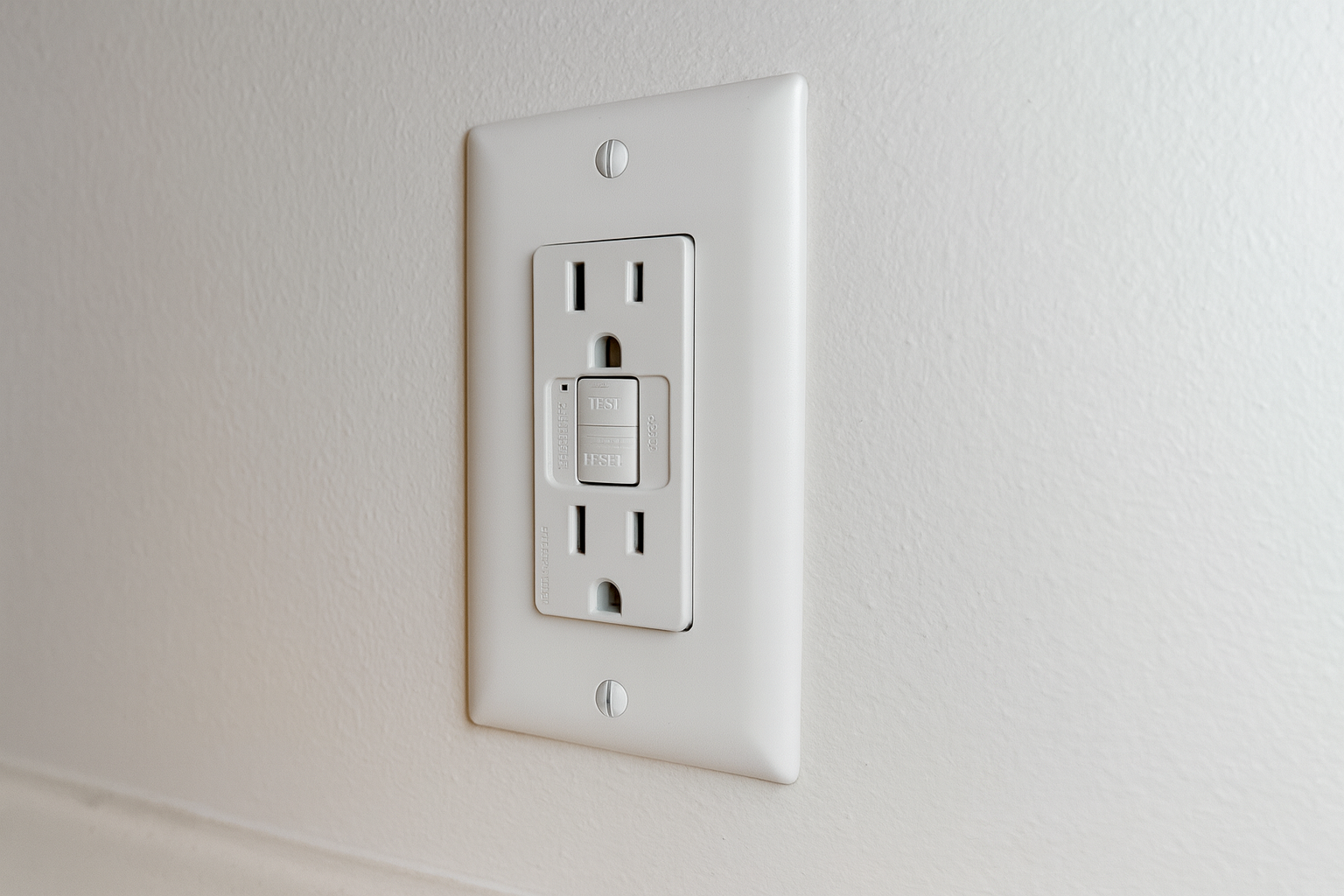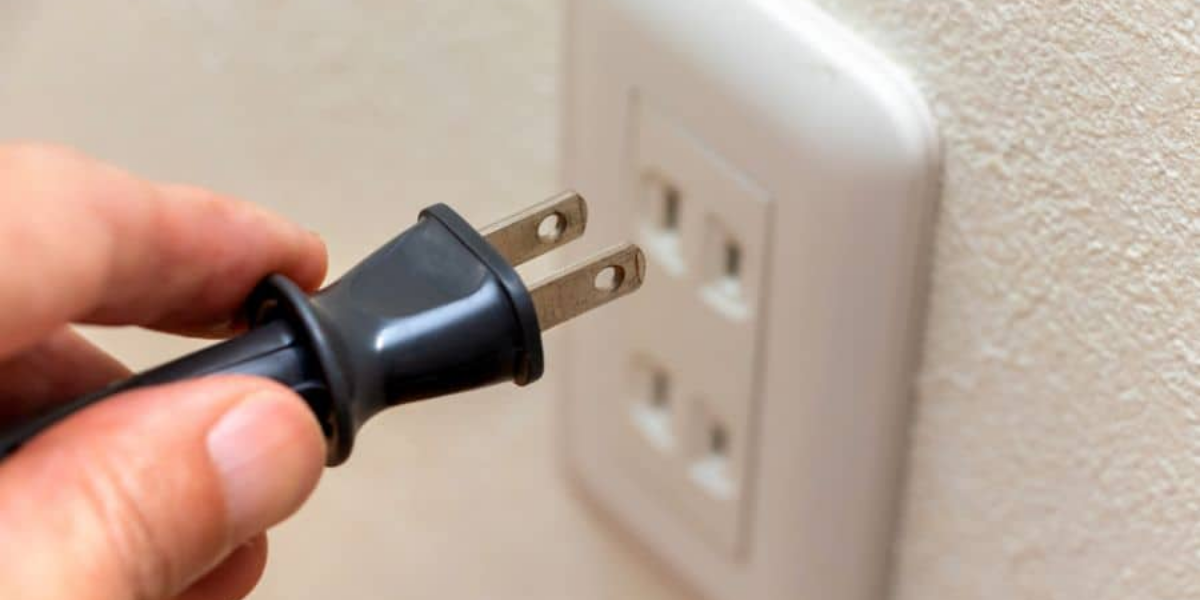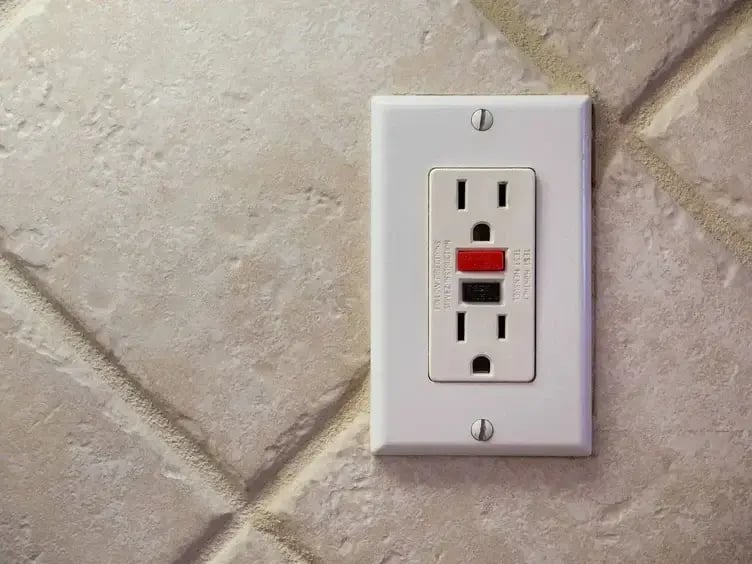What Are GFCIs and GFIs? A Homeowner’s Guide
August 9th, 2025
3 min read

You’ve probably seen those outlets with the little “test” and “reset” buttons, maybe in your bathroom or kitchen, and wondered what they do. Or maybe one tripped unexpectedly, cutting power to part of your home and leaving you unsure why it happened. If you're like most homeowners, you're not sure if these safety devices are working, or if your home even has the right ones in place.
At Integra Electrical, we help homeowners across the Des Moines area bring older homes up to modern safety standards. We’ve inspected and upgraded thousands of outlets over the years, especially in homes where the electrical system hasn’t been touched in decades.
Before the end of this article, you’ll know:
What Are GFCIs and How They Work
GFCI stands for Ground Fault Circuit Interrupter, and GFI is simply another name for the same device. The two terms are used interchangeably, but they refer to the same safety feature.
These outlets are designed to protect you from electrical shock by constantly monitoring the flow of electricity. If they detect even a small amount of current leaking outside the intended path, such as through water or a person, they shut off power almost instantly. That fast response can prevent serious harm.
.png?width=1080&height=1080&name=GFCI%20(1).png)
You’ll find GFCIs in areas where electricity and water are likely to come into contact, including:
- Kitchens
- Bathrooms
- Laundry rooms
- Garages
- Basements
- Outdoor outlets
For example, if a hair dryer falls into a sink full of water, a properly functioning GFCI will immediately cut the power before it reaches you.
It’s also worth noting that one GFCI can protect multiple outlets on the same circuit. So, if only one outlet in a group has a “test” and “reset” button, it may be doing more work behind the scenes than you realize.
How to Test and Reset a GFCI Outlet
GFCI outlets are easy to recognize. They have two small buttons between the plug openings labeled “Test” and “Reset.” These buttons aren’t just for show. They’re built-in tools that allow you to check whether the outlet is functioning properly and protecting you the way it should.
- Plug in a small device like a nightlight or phone charger.
- Press the “Test” button. This should immediately cut power to the outlet, turning the device off.
- Press the “Reset” button. This should restore power and turn your device back on.
-1.png?width=668&height=350&name=How%20to%20Test%20Your%20GFCI%20outlets%20(1)-1.png)
If the outlet doesn’t respond or if it won’t reset, that’s a sign that something’s wrong. It could be a wiring issue, a tripped breaker, or simply a worn-out outlet that needs to be replaced. And if the issue is deeper, it’s important to address it sooner rather than later, because unfortunately, electrical problems don’t fix themselves.
Why regular testing matters:
Like smoke detectors, GFCIs are only helpful if they’re working. Testing them once a month is a simple way to ensure they’re still capable of protecting your home and family.
How to Know If They Need to Be Replaced (And When Things Can Go Wrong)
Like anything electrical, GFCIs don’t last forever. Most manufacturers recommend replacing them every 10 years, and in our experience, many stop working long before that without showing obvious signs.
Here are some common warning signs that your GFCI may need to be replaced:
- It won’t reset after being tripped.
- It trips constantly for no clear reason.
- There’s no power to the outlet, even after resetting.
- The test button doesn’t work (or nothing happens when pressed).
- The outlet feels warm or hot to the touch.
Even if your GFCI appears to work, it may not be providing full protection, especially if it’s older, was installed improperly, or is part of a circuit that’s been modified over the years.
Sometimes, a GFCI that won’t reset or keeps tripping isn’t the problem itself; it’s the warning sign of something deeper going on in your electrical system. Issues like overloaded circuits, loose wiring, hidden moisture, or even a faulty breaker can all cause GFCIs to act up. In those cases, simply replacing the outlet won’t solve the root of the issue.
Another thing to keep in mind: if your home still has an outdated or unsafe electrical panel (like Federal Pacific or Zinsco), GFCI breakers may not function reliably, and in some cases, can even make problems worse. In that situation, a more thorough electrical evaluation may be the safest next step.
What to Do Next
If your GFCIs aren’t working, or you’re not sure they’re doing what they’re supposed to, it’s worth taking a closer look. Catching an issue early can prevent much bigger problems down the line, and it doesn’t have to be complicated or stressful.
You don’t need to know every detail of your home’s electrical system. You just need to know that it’s keeping you and your family safe.
At Integra Electrical, we’ve helped hundreds of Iowa homeowners upgrade their outlets, meet modern code, and feel more confident about their homes. We’ll check the outlets you have, test them properly, and walk you through exactly where GFCI protection should be added or replaced.
If you’re ready for peace of mind and practical answers, not pressure, you’re in the right place.
Schedule a free home safety evaluation today, and let’s make sure your home is protected where it matters most.
Daniel Carpenter is a licensed electrician on Integra’s installation team. He got his license at just 19, but he's been around the trade his whole life. With five years on the job and a heart for helping homeowners, Daniel takes pride in doing quality work that serves the local community.
Topics:





.png?width=1200&height=600&name=2Prong%20(1).png)




